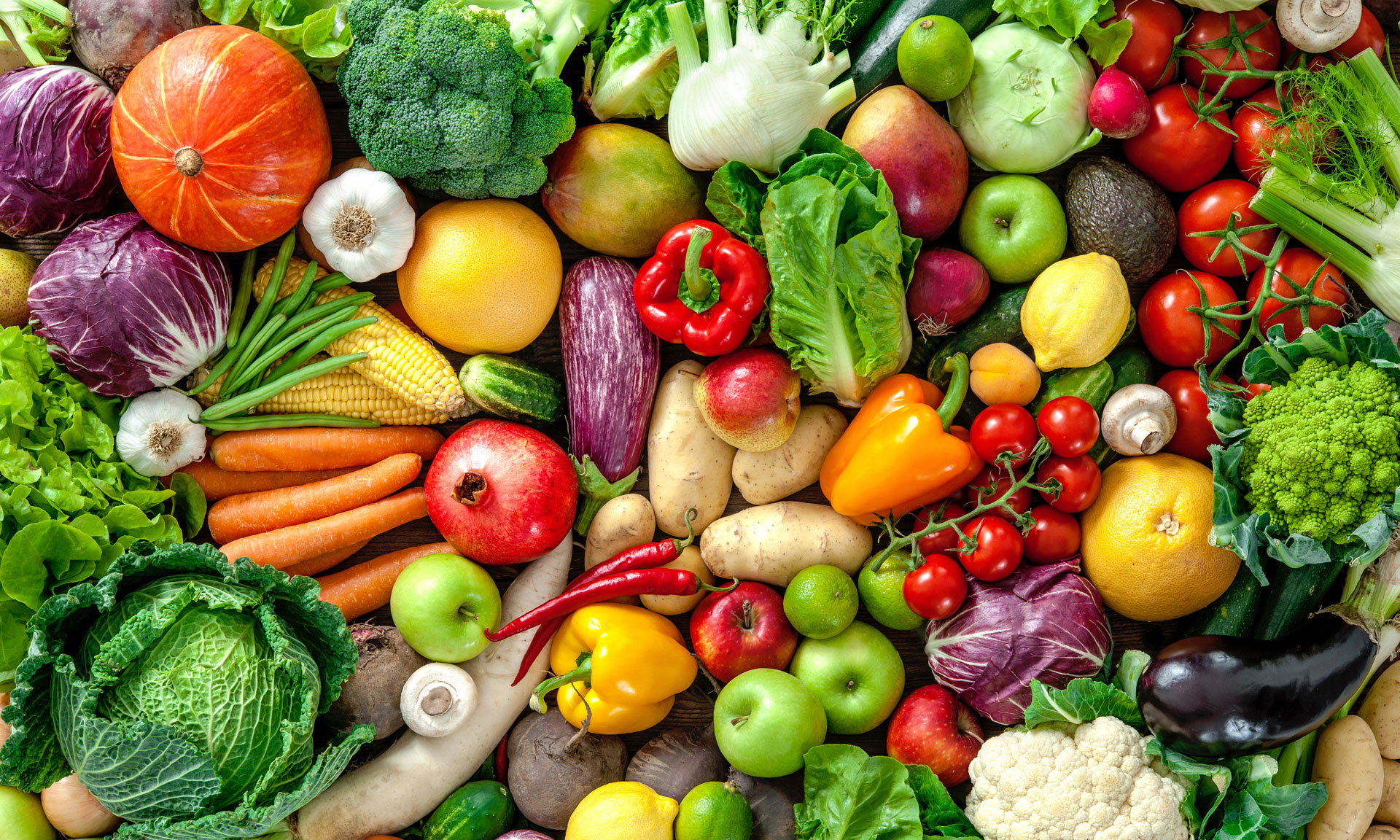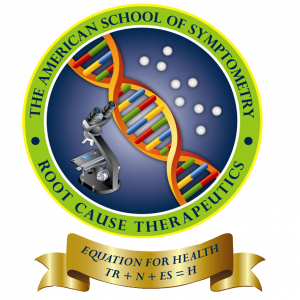
Healthy longevity begins with realizing that even healthy food kills.
Foodists asks, “How can food kill us when we have to eat to live?” The individuals who ask such a question are implicitly admitting that they have been eating to live, not to stay healthy.
The question to those using food as medicine is, “Has food ever cured an infection?” No, food has never cured an infection. More importantly, “Can food cure an infection?” No. Food cannot cure infections because of the way infections develop.
Why infections occur
Infections occur because two conditions have been met. First, there is fat in the person’s thymus gland. Fat in the thymus gland prevents the thymus gland from producing thymic enzymes to mature the T-cells that lead the fight against disease and infection.
Second, the person cannot get amino acids from peptides. Amino acids are the building blocks of life. Not only do 22 amino acids appear in the genetic code, but hundreds more amnio acids combine to form proteins which can then be broken down back into amino acids to form new proteins in the body. Amino acids from peptides are not the same as amino acids from the liver or amino acid supplements. The amino acids from peptides were freed by peptidase.
The wonders of peptidases
Amino acids freed by peptidase are critical to our immune system. Peptidases are specific enzymes that break the peptide bonds in chains of amino acids to isolate mini amino acid clusters called peptides. Then, these same peptidases split peptides to release the amino acids whose structure has been modified.
Finally, the modified amino acids (freed from peptides) are used by stem cells in red bone marrow to produce platelets and different groups of white blood cells. The different groups of white blood cells are:
- T-cells, which destroy harmful microorganisms and help the immune system respond to all threats.
- Lymphocytes, which “eat” garbage in the lymphatic vessels and lymph nodes.
- Neutrophils, which make up 40-70% of the white blood cells in humans and fight bacterial infections.
- Eosinophils, which fight multicellular parasites & some infections.
- Monocytes, which are larger and critical to the immune system’s ability to adapt.
- Basophiles, which are the least common white blood cell that fights infections.
- Granulocytes, which have proteins inside and can operate as neutrophils, eosinophils, or basophiles.
A person who only eats to live rarely knows how to produce the peptidases which support immunity.
Bacteria, fungi, and viruses are already on the apple, plum, strawberry, grape, berry, or other food that a person puts in their mouth. Also, because microorganisms cover every surface, the workers who touch the counter or utensils with their plastic gloves while preparing food re-contaminate what they serve.
Can the person who eats food without knowing how to produce peptidases and the different white blood cells have robust immunity to kill the bacteria, viruses, and fungi that invaded their body? No. Bacteria, viruses, and fungi will overrun the respiratory system, digestive system, cardiovascular system, urinary system, muscular system, reproductive system, and circulatory system.
These microbes are responsible for UTI (urinary tract infection), infectious mononucleosis, herpes, Lyme disease, ear infection, boils, gumboil, dental fistula, fistula ano, abscesses, kidney infection, eye infection, inability to increase muscle mass, inability to gain weight, and much more.
Antibiotics
Producing peptidases for a strong immune system is necessary because antibiotics will never be able to get rid of all the contributors to an infection. Moreover, antibiotics will wipe out most of the good colon bacteria, leaving the person totally impoverished, resource-wise. On average, probiotics take over seven months to replenish the lactobacillus bulgaricus which was depleted by antibiotics. Eventually, the person who is overrun by bacteria in their blood will have septicemia.
Septicemia
Blood poisoning by the toxins of microbes is called septicemia or toxemia. Poisoned blood then circulates to the heart through the veins and venules. As the heart pumps blood, poisoned blood goes back into the red bone marrow and into all the glands and organs through the arteries, arterioles, and capillaries. Eventually, the person will die of septicemia or viremia.
Cancer
While it is common to say a person died of cancer, it is septicemia that will end up killing a person who has cancer. Septicemia will only take over when the individual lacks the peptidases that can help amino acids break free from the peptide chains within proteins. PSA will continue to be elevated because the person cannot produce peptidases. All the cancer markers will continue to be high because the person cannot produce peptidases. In popular medicine, oncologists prescribe but they cannot help a person produce peptidases to get to the root of the problem causing the cancer to spread.
Fever
Taking herbs or drugs to lower temperature will never get to the root of the fever. Cancer fever, malaria fever, typhoid fever, Dengue fever, etc. occur because the person cannot produce peptidases.
What is common between cancer and fever? The non-production of peptidases is the common link. Without peptidases, the red bone marrow cannot produce enough T-cells and other lymphocytes that eat away tumor cells and cancer cells. Moreover, it is the different white blood cells that kill the invaders to stop the fever. Therefore, without peptidases, it would be impossible to cure cancer and stop the fever.
HIV/AIDS
When a person has fewer than 200 CD4 T cells per milliliter of blood, they will be diagnosed with AIDS. Such a person has the small number of CD4 T cells because their thymus gland can no longer produce thymic enzymes and their red bone marrow no longer produces enough white blood cells for immunity.
The Big Misconception
Why place emphasis on food when it is the bacteria, fungi, and viruses that food carries that increase susceptibility to infectious diseases and septicemia? Food provides us with bulk energy, but food alone cannot boost the peptidases that allow our body to overcome diseases and septicemia.
Therefore, the big misconception about food is that its nutritional complexity was over-simplified. People were misled into believing that all the resources to prevent or cure an infection, inflammation, and more are in the food we eat. It was wrong then and it is still wrong today.
Let us end this misconception by selecting our foods scientifically, cooking our foods scientifically, eating our foods scientifically, and getting a doctor of Symptometry to help us produce peptidases. It is the proper combination of molecules with a good infusion of speed, power, strength, and pressure from subatomic particles that enable our cells to produce proteases and peptidases.
We were made for life on this toxic, hostile, and adversarial planet. Therefore, all we need is knowledge, and the knowledge to properly equip our cells with the resources to get the job done. The American School of Symptometry, NFP shares this priceless knowledge.
___________________________________________________________________________________________
Dr. Maxwell Nartey, Professor of Symptometric Science
American School of Symptometry, NFP – World Center for Health Education and Scientific Enlightenment
___________________________________________________________________________________________
© Copyright 2023, The American School of Symptometry, NFP. No part of this publication may be reproduced or transmitted in any form or by any means, electronic or mechanical, including photocopying, recording, or by any information storage and retrieval system without the written permission of The American School of Symptometry, NFP. Library of Congress copyright number Txu 1-621-370, Washington D.C.


 Previous Post
Previous Post Next Post
Next Post